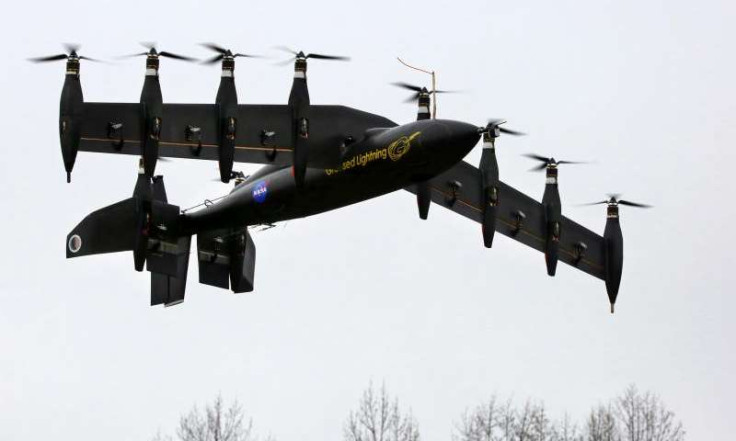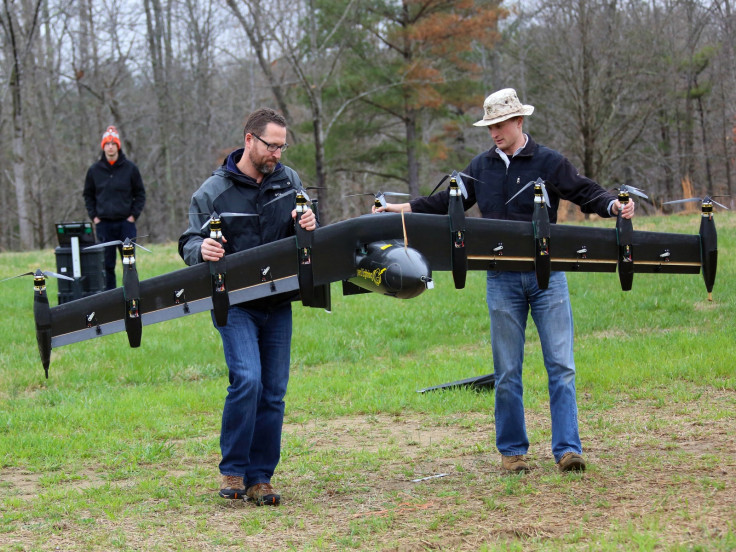Nasa testing 10-engine battery-powered electric plane prototype that takes off vertically

Nasa has built a battery-powered, 10-engine plane prototype that uses electric propulsion technology to take off vertically like a drone and then transforms in mid-air into a plane.
Greased Lightning, also known as GL-10, is a new unmanned aerial vehicle (UAV) that has just successfully completed its first test flight. Nasa is hoping that the plane could be remotely-controlled and used for mapping and long-endurance crop surveillance, as well as a personal air vehicle for up to four passengers.
The plane prototype features four electric engines on each wing that work as a single unit, together with two electric engines on the tail of the plane, but flying the GL-10 is more like controlling a three-engine plane. The plane has a 10ft (3m) wingspan and weights 28.1kg (62 pounds) at take-off.

Nasa initially wanted to create an aircraft with a 20ft (6.1m) wingspan that would be powered by hybrid diesel or electric engines, but they decided to build smaller versions first using 3D printed parts.
"We built 12 prototypes, starting with simple five-pound (2.3 kilograms) foam models and then 25-pound (11.3 kilograms), highly modified fiberglass hobby airplane kits all leading up to the 55-pound (24.9 kilograms), high quality, carbon fiber GL-10 built in our model shop by expert technicians, " said aerospace engineer David North, based at Nasa Langley Research Center in Virginia, US.
"Each prototype helped us answer technical questions while keeping costs down. We did lose some of the early prototypes to 'hard landings' as we learned how to configure the flight control system. But we discovered something from each loss and were able to keep moving forward."
GL-10 takes off vertically just like a helicopter, hovers and then transforms in-air into an aeroplane, similar to the Bell Boeing V-22 Osprey. The prototype has successfully passed its hovering tests, but now Nasa's engineers want to make the transition from hovering to wing-borne flight smoother and more fluid.
"During the flight tests we successfully transitioned from hover to wing-borne flight like a conventional airplane then back to hover again. So far we have done this on five flights," said Nasa engineer Bill Fredericks.
"We were ecstatic. Now we're working on our second goal – to demonstrate that this concept is four times more aerodynamically efficient in cruise than a helicopter."
Besides being an incredibly clever flying machine with many applications for research, the GL-10 is also much less noisy than conventional aircraft.
"It's pretty quiet," said Fredericks. "The current prototype is quieter than a neighbour mowing the lawn with a gas-powered motor."
The GL-10 will be on show at the Association for Unmanned Vehicles Systems International 2015 conference in Atlanta from 4-7 May.
© Copyright IBTimes 2025. All rights reserved.





















